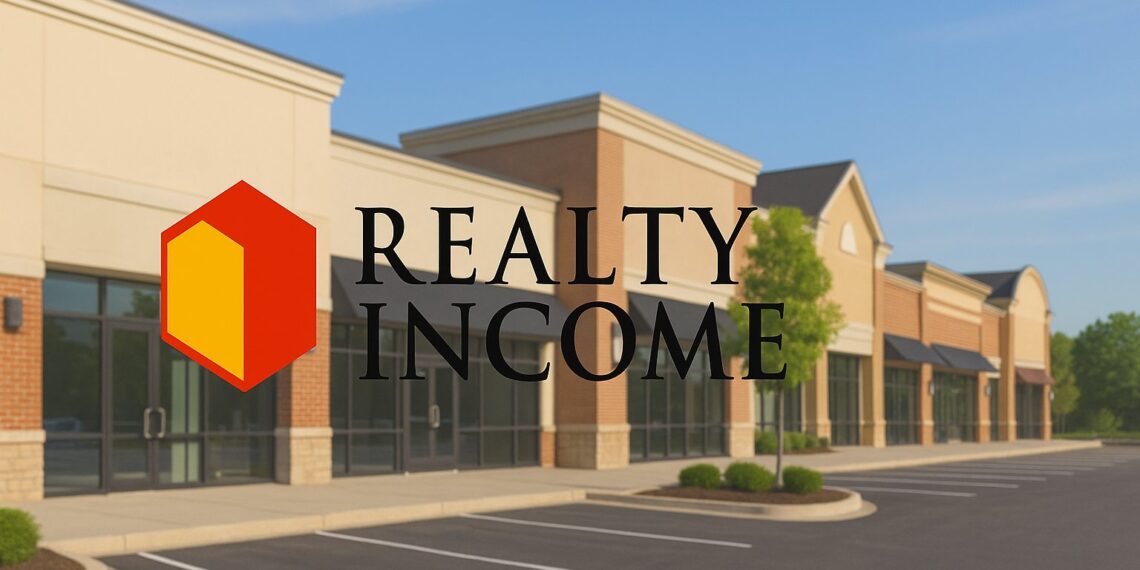Realty Income (NYSE: O) reports Q3 2025 results on Monday after the close. Here’s the full preview—timing, Street expectations for revenue and AFFO, what to watch on acquisition volumes, funding costs, rent growth, and guidance—plus bull/bear scenarios and FAQs.
Realty Income’s print will pivot on four levers: AFFO per share vs. consensus, net acquisition volume and initial yields, cost of capital, and same-store rent/occupancy. A clean beat paired with either a guidance lift or a stronger acquisition run-rate is the recipe for outperformance; “meet but no raise” risks a muted reaction.
Timing & Format
- When: Tomorrow, after the NYSE close
- What: Press release, supplemental package, and investor webcast with Q&A
Street Expectations (high level)
- AFFO per share: Modest year-over-year growth, with the focus on whether external growth and stable base rents offset higher funding costs.
- Revenue: Steady rent collections with incremental contribution from recent acquisitions.
- Free cash flow & payout: Continued coverage of the monthly dividend; attention on the forward payout ratio under varying acquisition scenarios.
What clears the bar? An AFFO beat, resilient same-store results, and confirmation that investment spreads remain accretive despite rates.
Five Things That Will Drive the Tape
1) External Growth: Volume, Yields, and Spreads
Realty Income’s engine is accretive sale-leaseback and portfolio deals. Watch:
- Gross acquisitions and dispositions
- Initial cash yields on new investments
- The spread versus the company’s blended cost of capital
A wider spread signals durable AFFO compounding into 2026.
2) Balance Sheet & Cost of Capital
Key tells: recent unsecured bond activity, use of the ATM program, duration of debt, and leverage. Commentary on all-in WACC, hedge positions, and refinancing windows will shape how investors underwrite next year’s accretion math.
3) Same-Store Rent & Occupancy
Even low single-digit same-store rent growth can be powerful when combined with high occupancy. Lease-renewal spreads, retention rates, and downtime on released space will be parsed for run-rate stability.
4) Portfolio Mix & Tenant Health
The market favors diversification across convenience, dollar stores, quick-service restaurants, industrial, experiential, and gaming. Any shift in exposure to structurally challenged formats—or notable tenant credit events—will influence perceived risk.
5) Guidance & 2026 Bridge
Beyond the quarter, investors want a ** clearer FY guide** and a bridge to 2026: planned investment volume, targeted cap rates, funding mix, and expected same-store growth. A more confident outlook on pipeline conversion tends to command a premium.
What a “Beat & Raise” Print Looks Like
- AFFO per share ahead of consensus
- Revenue upside driven by new investments and stable base rents
- A modest guidance bump or stronger-than-expected closing cadence into year-end
- Explicit commentary that acquisition spreads remain attractive despite rate volatility
What a “Meets but Disappoints” Looks Like
- In-line AFFO with no FY raise
- Slower closing cadence or softer initial yields
- Higher funding costs compressing spreads and tempering the 2026 growth bridge
Trading Setup & Sentiment
- Into the print: Algos key off AFFO and the guide; the second-day move often depends on the supplemental (deal yields, occupancy, and capital markets activity).
- Risk/reward: Upside if management shows continued access to attractively priced capital and a robust pipeline; downside if spreads narrow or if guidance is conservative.
FAQs
When are results and the call?
After the U.S. market close tomorrow, followed by a webcast and Q&A.
Which metrics matter most?
AFFO per share vs. consensus, acquisition volume/yields and spreads, cost of capital, and same-store rent/occupancy.
How critical is the dividend outlook?
Very. Realty Income’s brand is built on monthly dividends; investors will watch payout coverage and the path for dividend growth under different acquisition scenarios.
What could surprise to the upside?
A stronger-than-expected acquisition run-rate at higher initial yields, confirmation of ample balance-sheet capacity, and a clearer 2026 growth bridge.
And the main risk?
A tighter spread between acquisition cap rates and funding costs, which would pressure external growth accretion and cap any multiple expansion.
Conclusion
Realty Income doesn’t need fireworks—just steady AFFO growth, healthy acquisition spreads, and confident guidance. Deliver that mix and the “monthly dividend company” can keep compounding. Miss on spreads or refrain from raising the bar, and the reaction is likely to be “good, not good enough.”
Disclaimer
This article is for informational and educational purposes only and does not constitute investment advice or a recommendation to buy or sell any security. Investing involves risk, including possible loss of principal. Always do your own research and consider consulting a qualified financial advisor.








